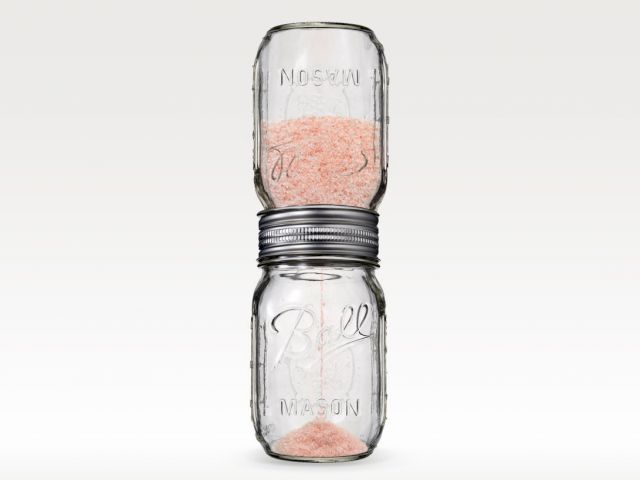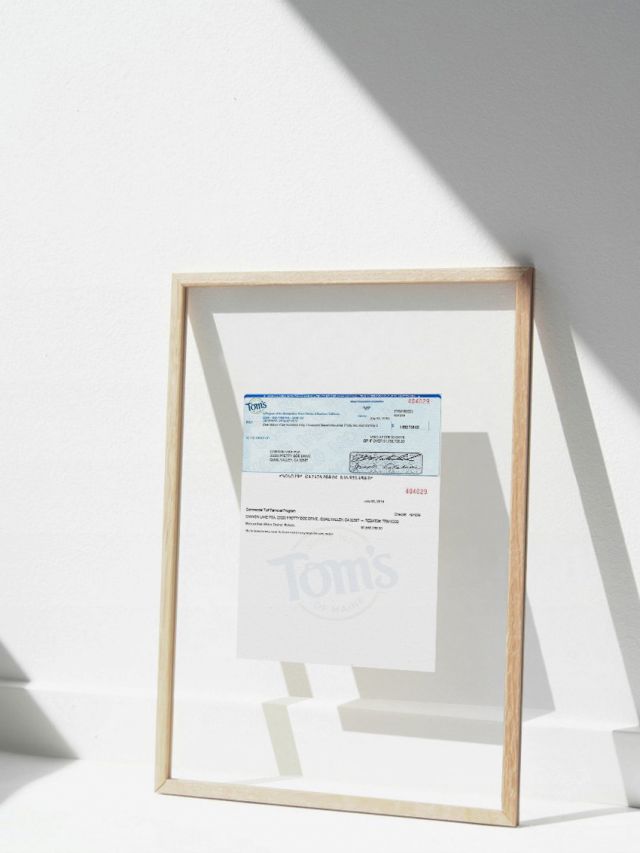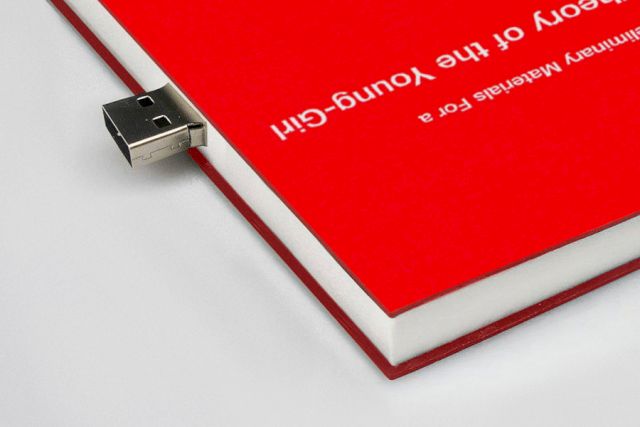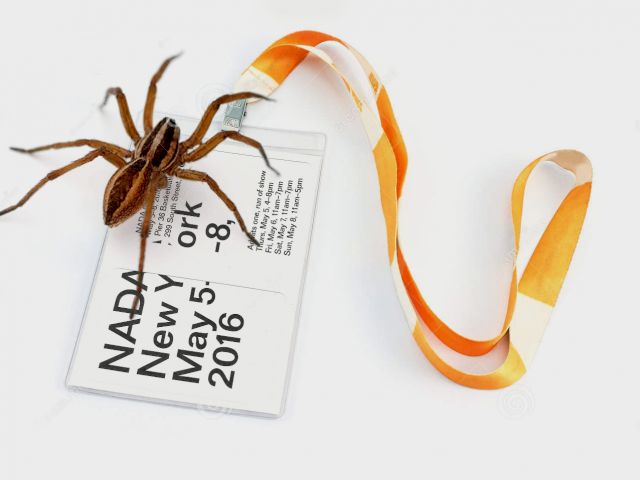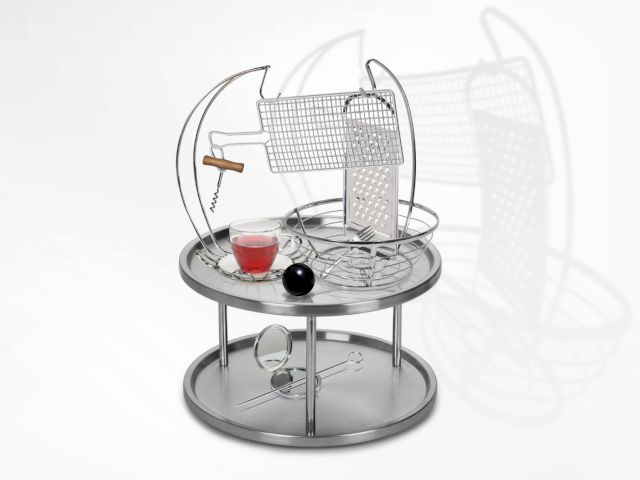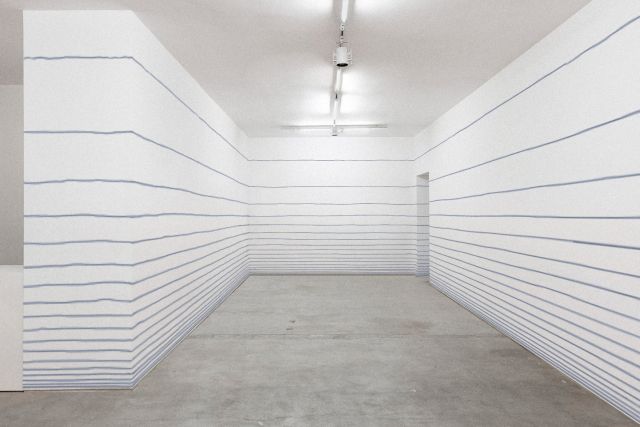Independent Collectors
PHANTASMAGORIA
Exhibition at the Stolen Collection

The iterative exhibition has moved to its third location, online, from its initial location in Chicago and second location in Aspen. Visitors will find a selection of images @uvproductionhouse products taken directly from the project’s Etsy store. @uvproductionhouse is an ongoing collaboration of Brad Troemel and Josh Citarella.
PHANTASMAGORIA from the Stolbun Collection takes its title and central organizing theme from Walter Benjamin’s seminal Arcades Project, an unfinished work of cultural-criticism, focused on the conditions of Parisian life in the 19th century. Benjamin’s idea of phantasmagoria references the 18th century form of Parisian theater that used a rear projected light display-famously called a magic lantern-to project ghostly, often menacing, shapes and caricatures to form hallucinatory and shadowy images for a captive audience. This process, a precursor to film, and now, video, was a compelling metaphor through which Benjamin critiqued the growing commodification of 19th century European society. Benjamin’s examined the many Parisian iron and glass covered shopping arcades. He likened these engrossing bazaars to Marx’s notion of the commodity fetish with shadowy allusions to Plato’s “Allegory of the Cave.” More specifically, Benjamin appropriated the term and idea of phantasmagoria to connote an important cultural moment and a kind of hallucinatory human state in which commodities were glorified on a large, seemingly ever present stage, untethered to use-value or practicality. It was a shift in culture at which time our desires of and for ourselves were sold back to us via a phantasmagoric hall of distorted mirrors. Two examples of this are the Parisian Arcades and the emergent World’s Fair style exhibition.
Benjamin’s focus on phantasmagoria has been written about and interpreted by numerous cultural theorists, writers, filmmakers and artists-Edward Bernays, Guy Debord, Harun Farocki, Susan Buck-Morss, Jacques Lacan, Chris Marker, and Cindy Sherman to name a few. PHANTASMAGORIA extends Benjamin’s ideas by examining the proliferation of constructed and fleeting images that pervade contemporary culture through the social and commercial applications of our personal digital devices, which are then projected onto the world through an incalculable number of screens.
In our current moment, social media, and in particular image based services like Instagram, Snapchat, and Vine, play a role akin to the 18th century phantasmagoric images of the magic lantern. With the fleeting, and often hyper-constructed, posed, edited and even simulated scenes, actions or appearances, applications such as Instagram offer a shadowy glimpse into the worlds in which users wish to live and the selves they desire to be. These devices offer a steady stream of micro-fictions, part fantasy and part reality, as a series of self-projected illusions.
This exhibition approaches Benjamin’s phantasmagoria and the current state of digital image (mediation) based information-sharing utilized extensively in the artists’ promotion of @uvproductionhouse. Troemel and Citarella’s work through @uvproductionhouse is mostly concerned with the process of collective idea formation and is an implicit critique of consumer culture with a keen awareness of how digital media represents and proliferates images of artwork and consumer goods. The two have set up an Etsy shop which offers editions of custom objects, some of which are seemingly impossible to realize and others which seem to offer entirely unpractical and absurdist use. One such critical yet humorous object is “Renounce Citizenship and State Affiliation emancipation government ID cards into guitar picks (Sovereign Citizen) revoke worldly government” – a guitar pick made out of a valid ID card, which in turn renders the ID card invalid, and the guitar pick highly symbolic. Other works, like “PINK HIMALAYAN sea salt MASON jar hourglass (time equivalent to one npr hourly newscast)” which is comprised of two mason jars put together, top to top, as an hourglass, are both feasible and strangely practical. All the pieces are sold, on demand, via the online market place of Etsy. Each work comes in the form of a certificate and boxes, which contain all of the necessary materials to, or at least attempt to, construct the conceptual object. What is important about these works is that they are created, through an assemblage of readymade product images. All of the materials for these conceptual products that @uvproductionhouse compose are real and easily accessible and can be found on Amazon.com (or equivalent warehouse based shipping companies). The images of the @uvproductionhouse objects present as though they are authentic and useful, but in reality these products are, in most cases, consumable only in visual form as images rife with all the potential to go viral and as such the works present as a series of anti-readymade objects, constructed through a readymade conceptual practice.
Text by A. WILL BROWN
